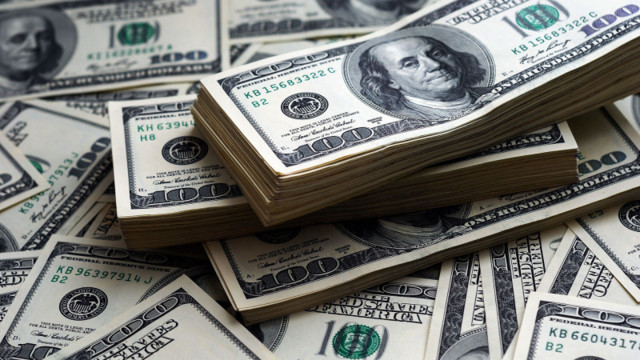Just over half of Americans (53%) have more emergency savings than credit card debt, according to a new survey from Bankrate.com. This figure is down from 54% last year but notably improved from 44% in 2019 and 49% in 2020. The percentage of households with more credit card debt than emergency savings, 22%, was down from 27% last year and is the lowest since 2018 (21%).
Still, roughly 1-in-7 households (15%) has no credit card debt, but no emergency savings either. This is mostly consistent with the 16% in 2021 and 2020.
“Having no credit card debt but no emergency savings either is still a precarious position as, without emergency savings, you could be one unplanned expense away from having high-cost credit card debt,” says Greg McBride, CFA, Chief Financial Analyst at Bankrate.
When asked to prioritize boosting emergency savings and paying down debt, 50% of Americans pointed to boosting emergency savings, 32% pointed to paying down debt, and 4% were focusing on both at the same time. About 1-in-8 households (12%) said neither one is a priority.
More than one-third of households (34%) have less emergency savings now than they did prior to the coronavirus outbreak two years ago, while another third (33%) have about the same amount. Among Americans that have boosted savings relative to pre-pandemic levels, progress has accelerated more recently. Just 27% have more emergency savings now than prior to the pandemic, but this is up from 17% in July 2021 and 13% in August 2020. Finally, 3% say they have no emergency savings now and had none prior to the pandemic either.
In every age group, income bracket, level of educational attainment, and region of the country, households were more likely to have emergency savings that exceeds credit card debt.
Those most likely to say their credit card debt exceeds emergency savings were millennials (age 26-41), at 32%. This compares to 24% of Gen Xers (age 42-57) and 23% of Gen Zers (age 18-25). Those least likely to say so were adults aged 58 and older (14%).
Older millennials (age 33-41) were the only age group prioritizing debt repayment (45%) over boosting emergency savings (42%). Gen X gave slight priority to increasing emergency savings (44%) rather than paying down debt (40%).
Gen Z and younger baby boomers (age 58-67) were more than twice as likely to say they’re prioritizing boosting emergency savings (64% Gen Z; 57% younger boomers) instead of paying down debt (30% Gen Z; 23% younger boomers).
Gen X, Gen Z, and especially younger millennials report having less emergency savings now than before Covid-19 emerged. 37% of Gen Xers have less savings now, compared to 29% that have more. Among Gen Z, 46% have less and 28% have more. But among younger millennials, 54% have less emergency savings and just 22% have more than before the pandemic.
“Younger workers were hardest hit by unemployment and income disruptions in the early stages of the pandemic, and it has taken a toll on their emergency savings,” adds McBride. “Nearly half, 49%, of adults age 18-32 report a decline in emergency savings since the start of the pandemic and just 26% now have more savings.”
Older millennials were slightly more likely to say their emergency savings is higher now (38%) than it was pre-pandemic (34%). Adults aged 58 and older were most likely to say their emergency savings is the same now as it was prior to the pandemic.
The likelihood of having more credit card debt than emergency savings doesn’t skew purely toward low-income households. Upper middle-income households, those with annual income of $50,000-$74,999, are most likely (38%) to have more credit card debt than emergency savings, followed by households with income under $30,000 annually at 31%, and 26% among households with income of $30,000-$49,999. Just 14% of households with income of $75,000 or more have credit card debt exceeding emergency savings.
Thanks for reading CPA Practice Advisor!
Subscribe Already registered? Log In
Need more information? Read the FAQs




